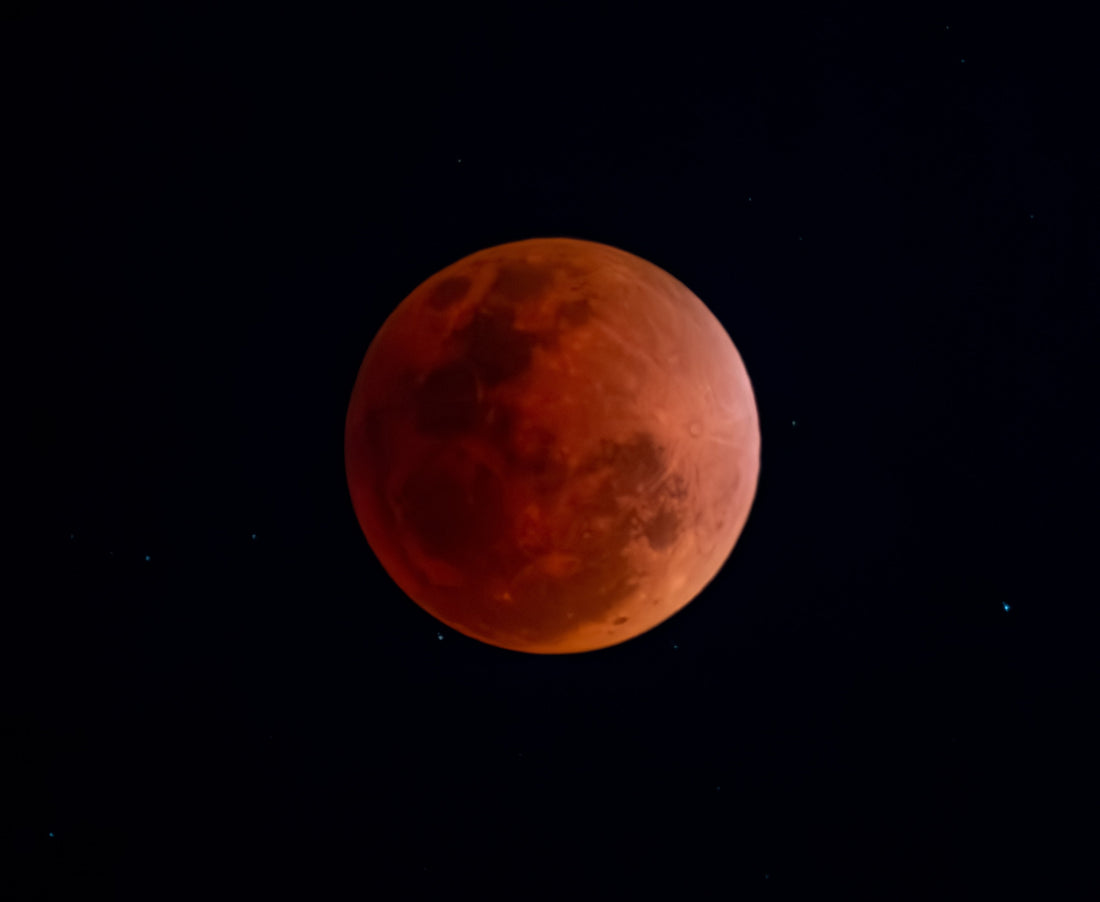
Behind the Shot: Photographing the Blood Moon Eclipse
Kyle GoetschShare
Planning, Ladders, and a Blood Moon Adventure
There’s something about a lunar eclipse that makes it an adventure worth chasing. They are rare, unpredictable in terms of weather, and give you only one chance to get it right. Last week’s blood moon was one of the longest total lunar eclipses of the decade, and I knew I wanted to create something more than just a single frame. My vision was to photograph the different phases of the eclipse and blend them together in one image, laid out across the sky above one of my favorite rural scenes: a rusty old windmill and the last of the yellow canola fields of the season near Cape Town.
It sounds simple enough—moon, windmill, canola—but the planning to pull it off was another story.

The Vision
Whenever I photograph celestial events, I try not to settle for just pointing my lens up at the sky. For me, the challenge is always to combine the grandeur of what’s happening above us with something meaningful in the landscape. That’s what turns an astronomical event into a story. I’ve photographed eclipses before, but this time I wanted the phases of the moon to stretch across the sky in a perfect arc, with that windmill anchoring the frame.
The problem? The moon’s path doesn’t always line up neatly with where you’d like it to be. And getting it to align with the windmill, the canola, and the composition in my head required a fair bit of logistical gymnastics.
Planning With PhotoPills
This is where the PhotoPills app became invaluable. I use it for almost all my astrophotography planning. It allows you to visualize the moon’s path, its elevation, and exact timing. For this eclipse, I mapped out precisely when and where each phase of the moon would appear and how it would travel across the sky. I could then overlay that arc onto the landscape to make sure it intersected exactly where the windmill would sit in the frame.
PhotoPills confirmed what I had suspected: I wasn’t going to get this shot from a roadside pull-off. The alignment I wanted meant standing in the middle of a farm field, with fences and no direct public access.

Access and Adventure
I’ve learned over the years that half of landscape photography is logistics. So, a few days before the eclipse, I went to scout the farm. After tracking down the landowner and explaining my slightly unusual request (to set up tripods in his canola field at night), I got permission, although it still meant carrying gear over some fences. To save time, I brought a small ladder to make climbing less awkward. The things we do for photography.
On the night of the eclipse, I hauled my gear out into the field. The canola was just at the end of its bloom, a softer yellow than the bright punch of peak season, but still vibrant enough to give the photo that extra layer of magic. Standing there under the clear night sky, with the old windmill and waiting for the eclipse to begin, I knew I only had one attempt to get this right.

Photographing the Eclipse
Photographing an eclipse isn’t as simple as pointing your camera up and firing away. The brightness of the moon changes dramatically from its full white glow to the deep orange-red of totality. I had to constantly adjust exposure settings, using short shutter speeds early on to preserve detail in the bright moon, then much longer exposures once it entered the Earth’s shadow.
In between exposures, I made sure to keep the windmill and canola lit naturally, letting the faint ambient glow of the night sky do the work. It was a balancing act of technical precision and patience, but as the eclipse stretched on nearly 2 hours, I started to see the vision come together.
The Final Image
Later, in post-processing, I aligned the different moon phases across the sky exactly as I had imagined. Each phase tells part of the story of the eclipse, strung like a necklace of glowing pearls above the windmill and the fading fields of yellow.
For me, that final image represents more than just a rare astronomical event. It’s about persistence, planning, and sometimes a bit of fence-hopping to chase a vision. Photography, at its best, is never just about the click of the shutter. It’s about the hours of preparation, the problem-solving, and those quiet moments in the field when the world seems to stand still.

Closing Thoughts
Looking back, I’m reminded that these are the shoots that stick with me the most, not because they’re easy but because they require everything I’ve got. From apps and maps to permission requests and hauling ladders into fields, all the little pieces came together to make one photograph possible.
And that’s the beauty of it. Every photo has a story behind it, and this blood moon will always remind me of that cold night under the stars, standing in a field of fading yellow, chasing a vision until it became real.
